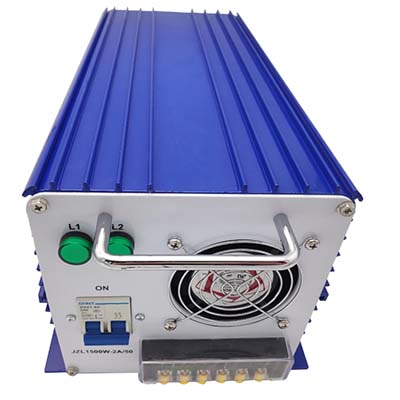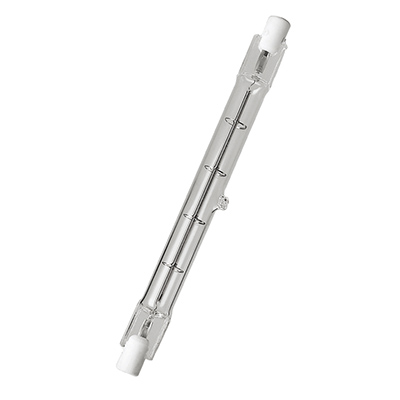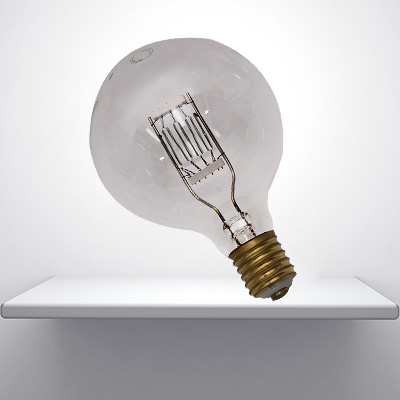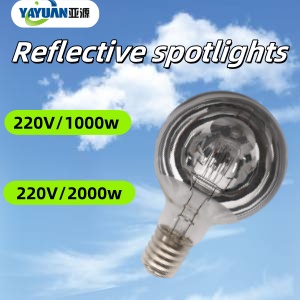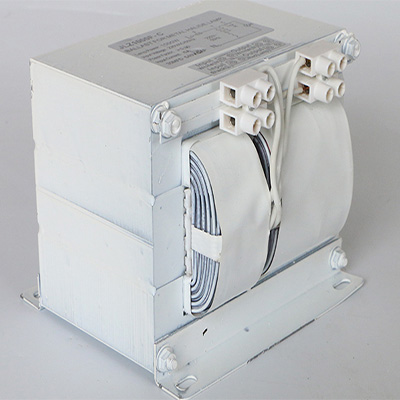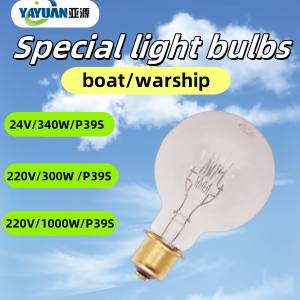Description
Advantages of PS (Polystyrene) Material for Underwater Lamps
一、Lightweight and Cost-Effective Advantages
-
Lightweight for easy installation:
PS (Polystyrene) has a low density (approx. 1.05g/cm³), reducing the weight by 30%-50% compared to underwater lamps with glass or metal casings. This alleviates the load on fishing vessels or underwater equipment, making it ideal for scenarios requiring frequent movement or multi-lamp setups (e.g., fish attraction for small fishing boats, lighting for underwater robots). -
Low production cost:
PS raw materials are cheaper than engineering plastics (e.g., PC) or glass, and can be formed in one piece via injection molding, reducing processing steps. This lowers the initial procurement cost of underwater lamps, suitable for large-scale fisheries or batch use in short-term operations.
二、Optical Properties: Balance of Transmittance and Light Diffusion
-
High light transmittance for brightness:
PS material has a transmittance of 88%-92%, approaching the light-penetrating effect of glass. It ensures the light from underwater lamps effectively penetrates water, minimizing light decay (especially in clear waters, light loss from PS casings is negligible). -
Natural light softening:
PS material scatters light to avoid fish stress from strong direct light, creating uniform and gentle illumination. This is ideal for simulating natural light sources (e.g., moonlight, plankton luminescence), enhancing fish attraction efficiency—particularly for alert shallow-water fish.
三、Chemical Corrosion Resistance and Environmental Adaptability
-
Resistance to waterborne chemical erosion:
PS shows good tolerance to fresh water, seawater, and common fishery chemicals (e.g., disinfectants, feed additives), resisting material aging or cracking. It is suitable for long-term immersion in aquaculture ponds, coastal waters, etc. (Note: PS is 不耐极性溶剂 (not resistant to polar solvents) like benzene or ketones, but these are rare in natural water bodies). -
Weather resistance for regular scenarios:
PS material operates stably within -20℃ to +70℃, adapting to water temperature changes in temperate and tropical seas. (Note: PS may become brittle in low temperatures, unsuitable for extreme cold deep-sea operations).
